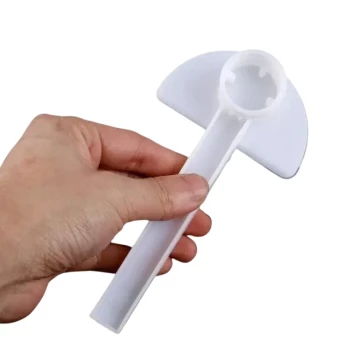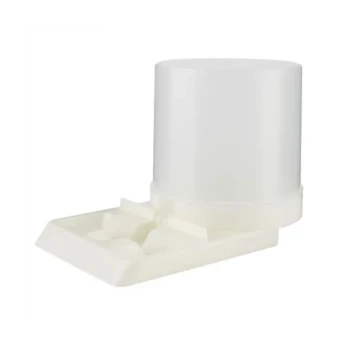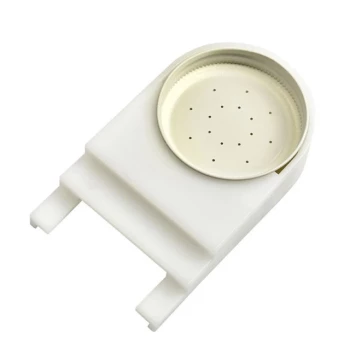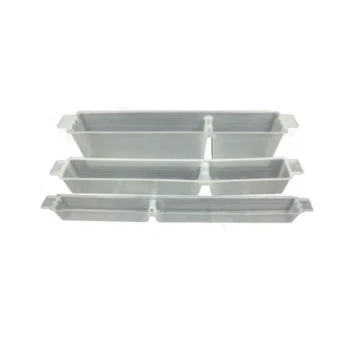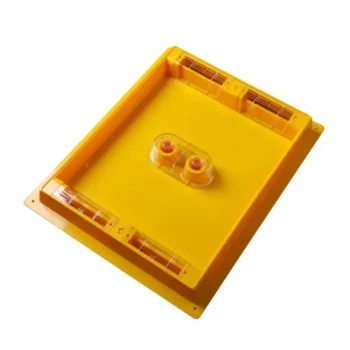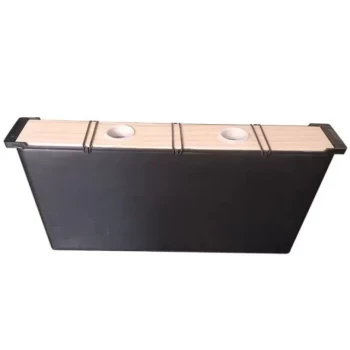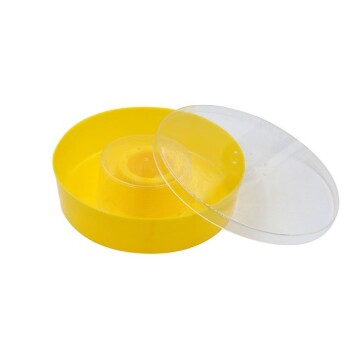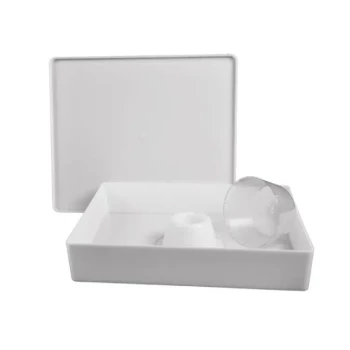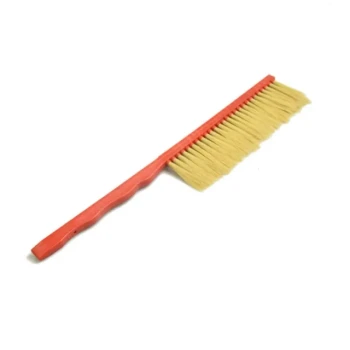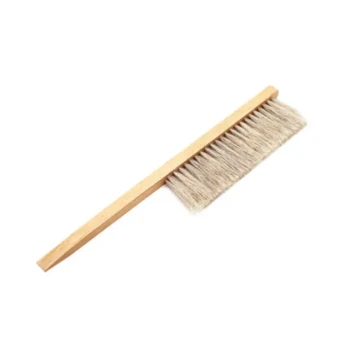To build a simple entrance feeder, you will typically use an inverted container, like a glass jar, with small holes in the lid. This jar is placed into a wooden base or tray that slides into the hive's entrance, allowing bees to access the syrup through the perforations without the risk of robbing from other colonies becoming a major issue. This method is popular for its simplicity and the ability to monitor syrup levels without opening the hive.
The question is not just how to build a feeder, but which type of feeder best suits your hive's needs. While entrance feeders are easy to make and use, they are best for specific situations, and other designs, like internal top feeders, offer significant advantages for hive health and security.
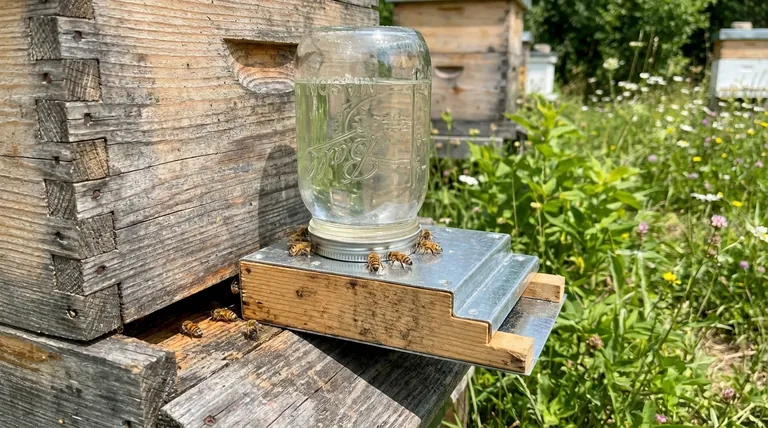
Understanding the Entrance Feeder
An entrance feeder, also known as a Boardman feeder, is an external device used to provide sugar syrup to a honey bee colony. Its design prioritizes convenience and minimal disturbance to the hive.
The Basic Principle
The feeder works using a vacuum lock. A container, usually a small jar, is filled with syrup and inverted. The air pressure and surface tension of the liquid prevent the syrup from pouring out, but bees can draw it out by inserting their proboscis into the small holes in the lid.
How to Build a Simple Jar Feeder
- Select a Container: A standard glass Mason jar (quart or pint size) is ideal due to its durability and transparency.
- Perforate the Lid: Using a small nail (about 1/16 inch or 1.5mm), carefully punch 10-15 small holes in the center of the metal lid. The holes must be small enough that the syrup doesn't drip out freely.
- Construct the Base (Optional but Recommended): Create a small wooden tray or block that fits snugly into your hive's entrance. Carve a circular recess in the top of this block for the jar to sit securely upside down. This base holds the jar and provides a landing board for the bees.
- Assemble and Use: Fill the jar with syrup, screw the lid on tightly, and quickly invert it into the base at the hive entrance.
An Alternative: The Internal Top Feeder
The information you've come across describes a different style known as a top feeder. This is an internal feeder that sits directly on top of the uppermost hive box, but under the main hive cover.
The Core Design
A top feeder is essentially a basin or pan that holds a large volume of syrup. It is enclosed within an empty hive box (a "super") to protect it from weather and robbing bees from other colonies.
Key Construction Details
The most critical component of a top feeder is the access point for the bees. A hardware cloth or screen mesh is folded to create a "ladder" that extends from an opening down into the syrup.
This design allows bees to climb down the textured surface to drink and, crucially, climb back out, which dramatically reduces the risk of drowning.
Critical Safety Principle: Preventing Drowning
Regardless of the feeder type you choose, preventing bees from drowning in the syrup is your highest priority. A feeder that drowns your bees is worse than no feeder at all.
The Role of Ladders and Floats
For any open-pan style feeder, you must provide a way for bees to access the syrup without falling in. A textured inner wall or a hardware cloth screen allows them to maintain a firm grip. This "ladder" is the most important safety feature of a well-designed top feeder.
Ensuring a "Bee-Tight" Seal
When using a top feeder with a central access chimney, you must ensure the bees cannot get into the main syrup reservoir from anywhere else. The hardware cloth must be sealed or 'bee tight' so bees are forced to use the ladder and cannot find a way underneath it to drown in the syrup.
Understanding the Trade-offs
Choosing a feeder depends on the season, the strength of your colony, and your management goals. Each design has distinct advantages and disadvantages.
Strengths of an Entrance Feeder
Entrance feeders are excellent for providing small amounts of stimulus feeding in good weather. They are easy to refill and allow you to see the syrup level at a glance without opening the hive.
Weaknesses of an Entrance Feeder
Their biggest drawback is that they can incite robbing, where bees from stronger neighboring hives attack the colony to steal the syrup. They also hold a small volume and expose the syrup to cold air, making them unsuitable for fall or winter feeding.
Strengths of a Top Feeder
Top feeders hold a large volume of syrup (often a gallon or more), minimizing the frequency of refills. By being inside the hive, the syrup is kept warm by the colony's heat, and the risk of robbing is significantly reduced.
Weaknesses of a Top Feeder
Using a top feeder requires opening the hive to check and refill it, which disturbs the bees. If poorly designed or damaged, they pose a major drowning risk.
Making the Right Choice for Your Hive
Base your decision on the specific needs of your colony at a given time.
- If your primary focus is stimulating a small, growing colony in warm weather: An entrance feeder is a simple and effective choice.
- If your primary focus is providing large volumes of food for winter preparation: A well-designed internal top feeder is the superior and safer option.
- If your primary focus is minimizing robbing from nearby hives: An internal top feeder is far more secure than an external entrance feeder.
Ultimately, understanding the principles of safe feeding is more important than the specific design you choose.
Summary Table:
| Feeder Type | Best For | Pros | Cons |
|---|---|---|---|
| Entrance Feeder | Stimulating small colonies in warm weather | Easy to make/refill, visible syrup level | Can incite robbing, small volume, unsuitable for cold weather |
| Internal Top Feeder | Winter preparation, large colonies, high-robbing areas | Large volume, reduces robbing, syrup kept warm | Requires opening hive to check/refill, potential drowning risk if poorly designed |
Ready to equip your apiary with the right feeding solutions?
At HONESTBEE, we supply durable, well-designed beekeeping supplies and equipment to commercial apiaries and distributors. Whether you need components for building reliable entrance feeders or robust internal top feeders, we provide wholesale-focused solutions to support the health and security of your hives.
Contact our experts today to discuss your specific needs and ensure your colonies thrive.
Visual Guide
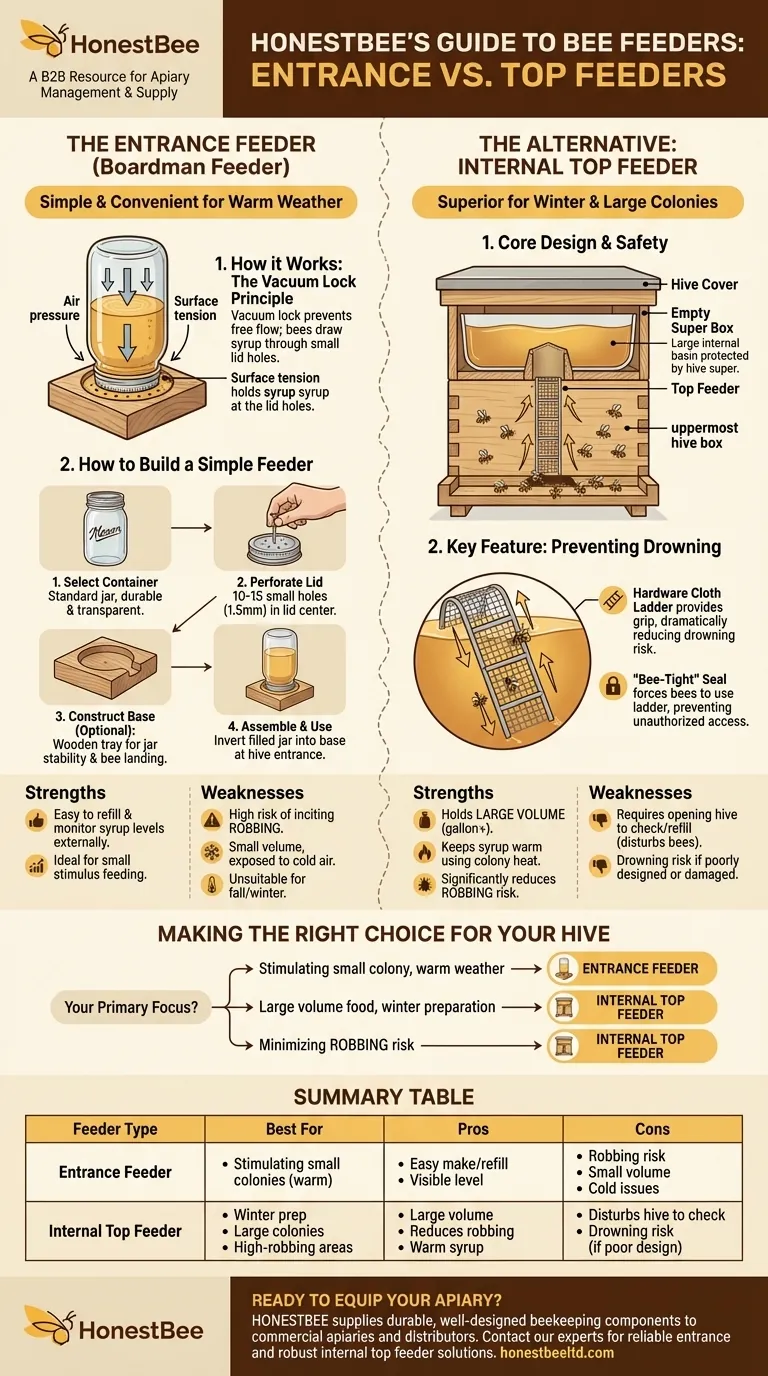
Related Products
- Boardman Entrance Bee Feeder Durable Galvanized Steel and Wood Construction for Beekeeping
- Professional Hive Front Entrance Bee Feeder
- HONESTBEE Professional Entrance Bee Feeder Hive Nutrition Solution
- HONESTBEE Entrance Bee Feeder Efficient Hive Front Liquid Feeding Solution for Beekeeping
- HONESTBEE Entrance Bee Feeder Professional Hive Nutrition Solution for Beekeeping
People Also Ask
- What is an entrance feeder? A Guide to Its Simple Design and High Robbing Risk
- How does a bee entrance feeder work? A Simple Guide to Convenient Hive Feeding
- How does the entrance feeder method work? A Guide to Simple But Risky Hive Feeding
- How does an entrance feeder work? A Guide to Its Simple Mechanics and Risks
- What are the different types of feeders available for beehives? A Guide to Entrance, Hive-Top, and Frame Feeders



